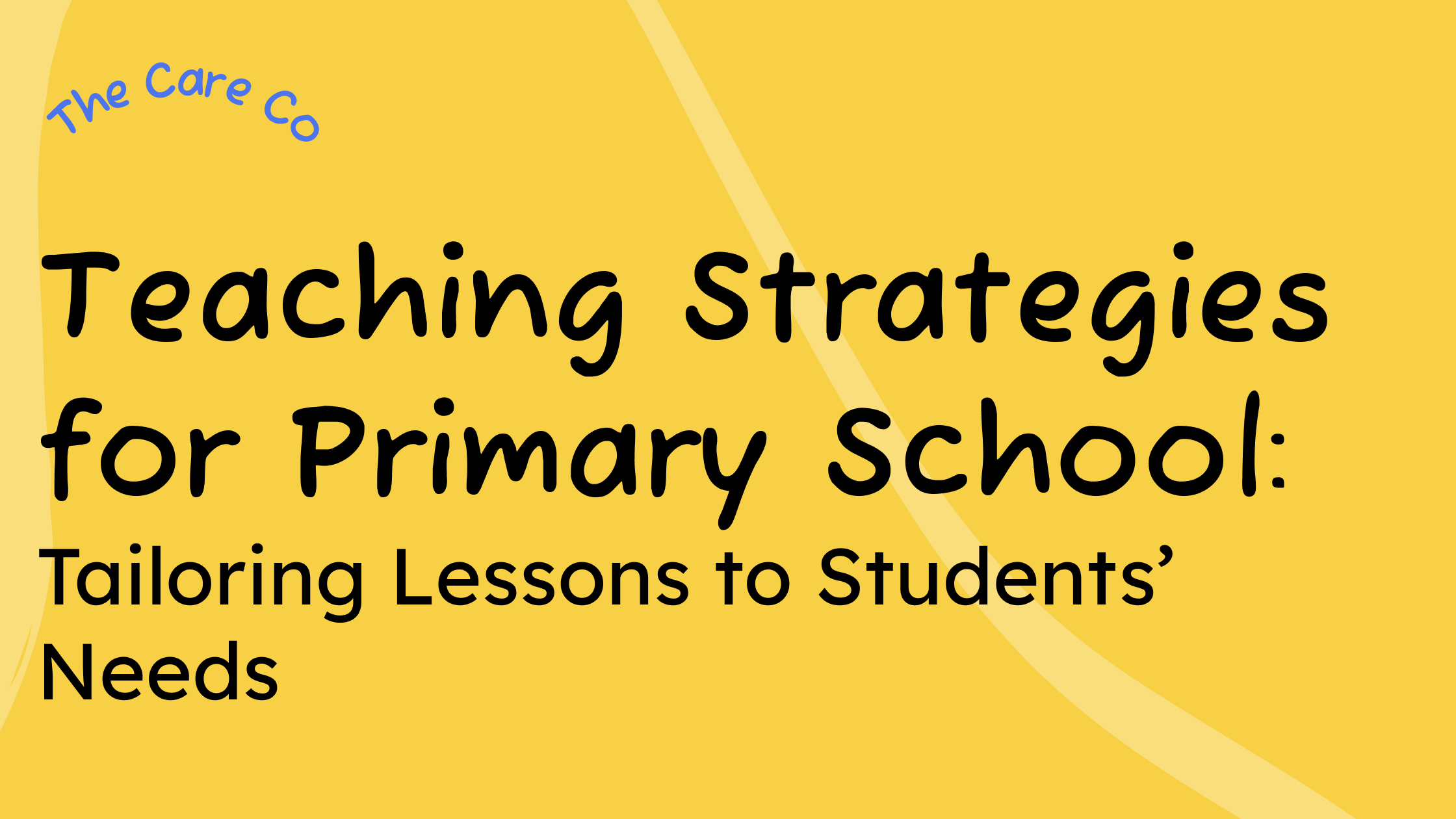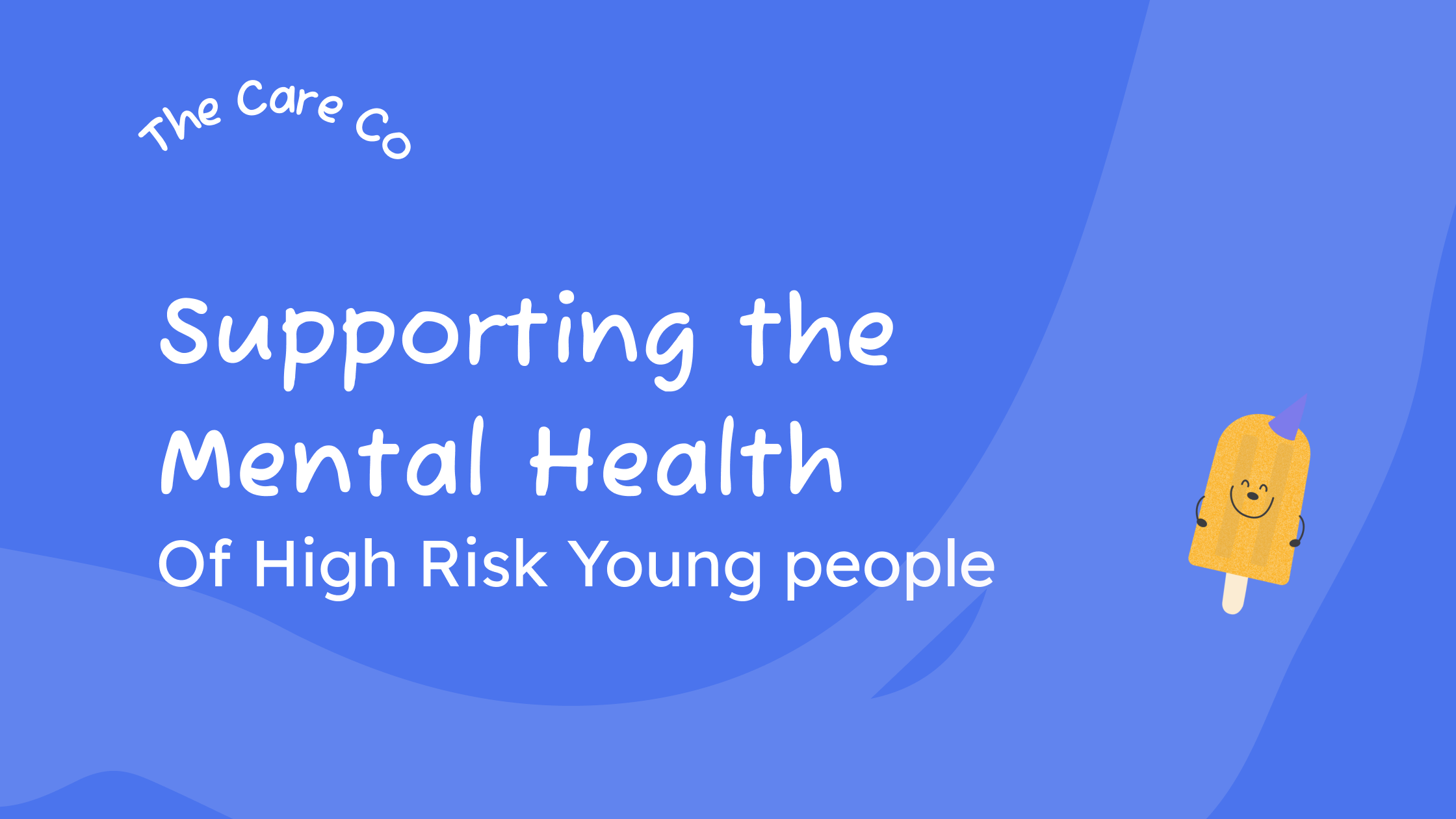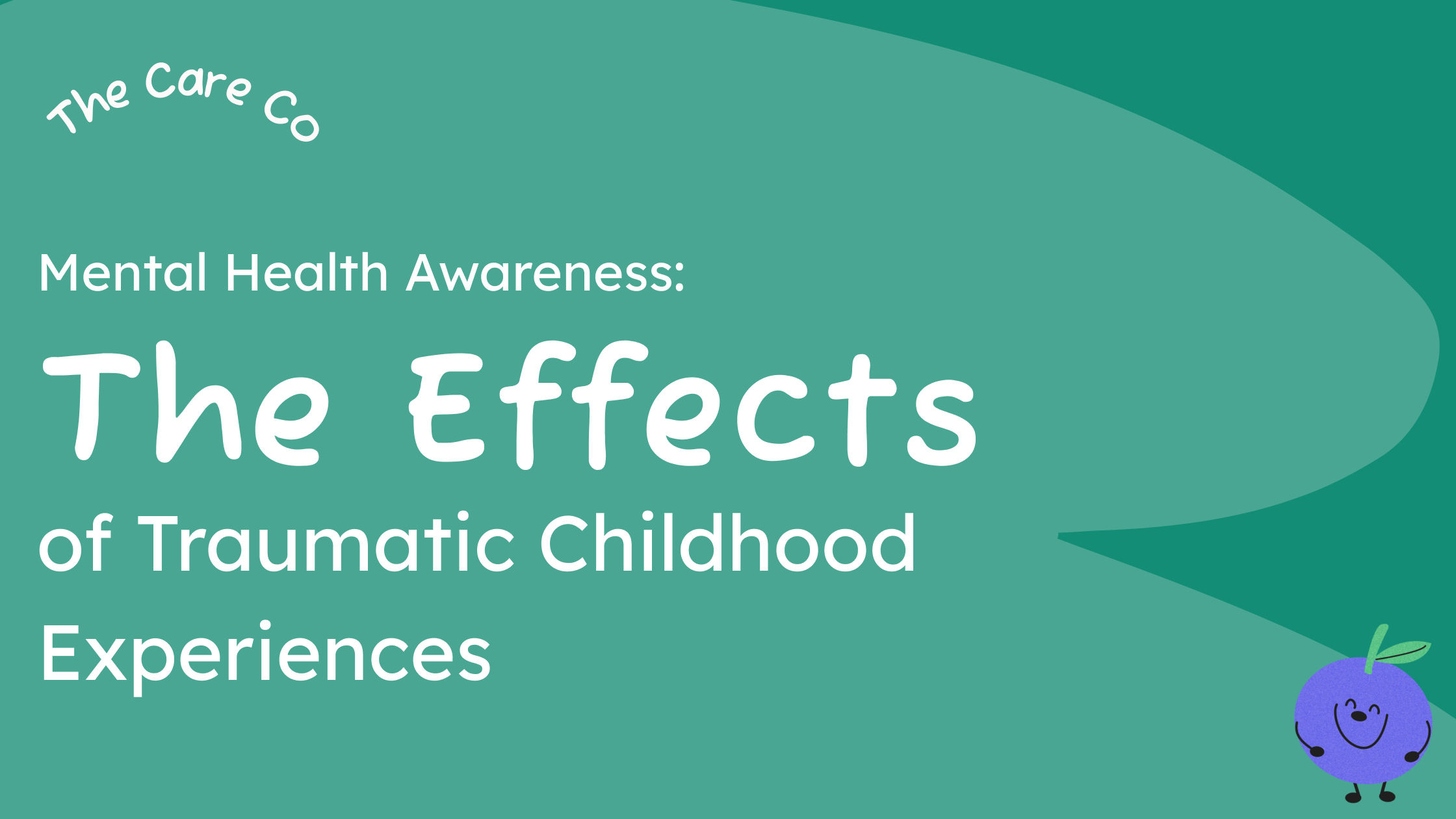Teaching for Primary School: Tailoring Lessons to Students’ Needs

Let’s cut to the chase— in teaching and education, one size does not fit all. The same as adults, every child and student is unique and brings a different set of skills, interests, and learning preferences, and capabilities to the table. And so they should!
To ensure that your teaching practicing can effectively accommodate for and break-through to all students, we’ve written a quick guide about how you can incorporate more personalised learning into the classroom. At home with your family? These suggestions are useful for parents, guardians, and other adults who work with kids, too!
Unveiling the Why: The Power of Personalised Learning
For those who are new to personalised learning, know this–the potential benefits on a student’s outcomes and learner experience make it worth the effort. Here are our top reasons why we love seeing individualised lesson plans:
- Fosters deeper engagement and motivation. When student’s feel like a lesson is within their reach, they are more likely to deeply engage with the content.
- Caters to individual learning styles and paces. We know that student’s learning needs and abilities are as unique as they are. Offering a personalised lesson plan to student’s means pacing content that is realistic for the student–ensuring they feel challenged but not bored or left behind.
- Encourages self-confidence in learning ability. Students who have content tailored to their learning needs and ability level are more likely to feel challenged but confident engaging with content. This self-confidence can encourage a more positive relationship with learning–instead of being a stressful, overwhelming event.
How to Practically Offer More Personalised Learning in Primary Schools
Transforming the traditional teaching model to a personalised approach may seem like a mammoth task–but it doesn't have to be. Here are some simple strategies that we recommend:
Choose your subjects, days, and times: Every lesson plan doesn’t have to be tailor-made to students' individual needs–especially when you’re leading a class of 20 students or more. Decide which subjects, lessons, or activities you want to incorporate more personalised learning into–where practical–remembering that it doesn’t have to be an all or nothing approach.

Flexible grouping: Group students based on shared interests or learning needs. Regularly change these groups to ensure variety, encourage peer relationships, or by topic as needed to cater to different learning goals.
Differentiated instruction: Differentiated teaching methods not only adds variety to your day and lesson planning–it engages different students' learning preferences and likes throughout the day. Where possible, vary your delivery of key lessons through the use of visual aids, hands-on activities, and storytelling.
Leverage technology: EdTech tools are a fantastic way to help create personalised learning paths that meet each student’s unique needs, ability level, and learning pace. Further offering fun, interactive learning experiences, EdTech for mathematics, literacy, and social-emotional health can also help teacher’s directly track individual progress against Key Learning Outcomes.
Regardless of your classroom setup, we always encourage a mix of activity types, online, and offline lesson delivery.
Unleashing the Potential of Personalised Learning / H2: Embrace the Journey, Not Just the Destination
While individualising lessons requires effort, the long-term learner rewards can be profound. The same way adults feel a sense of connection and recognition when we’ve been seen and understood, a classroom where every child feels seen and engaged with in a way they need creates a foundation for learning success.

Individualising lesson plans in a primary school classroom is not a one-off process–nor does it have to be an all or nothing approach. By incorporating some personalised teaching practices into your lesson plans, teachers can vary their own delivery method, create flexible groups, and incorporate technology in practical ways to leverage the best of personalised learning without adding overwhelm to their day.
Looking for more ways to incorporate personalised learning into your school? Some of your best resources can be fellow educators and your students themselves. By listening to their needs and observing others’ manageable personalised delivery methods, we can set the stage for a more inclusive, engaging, and effective schools.

